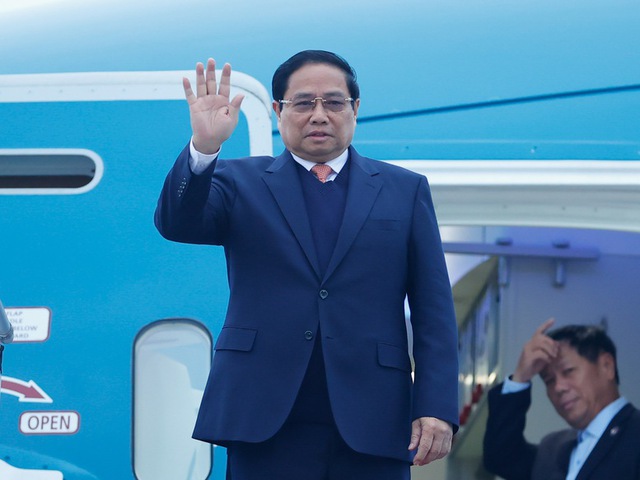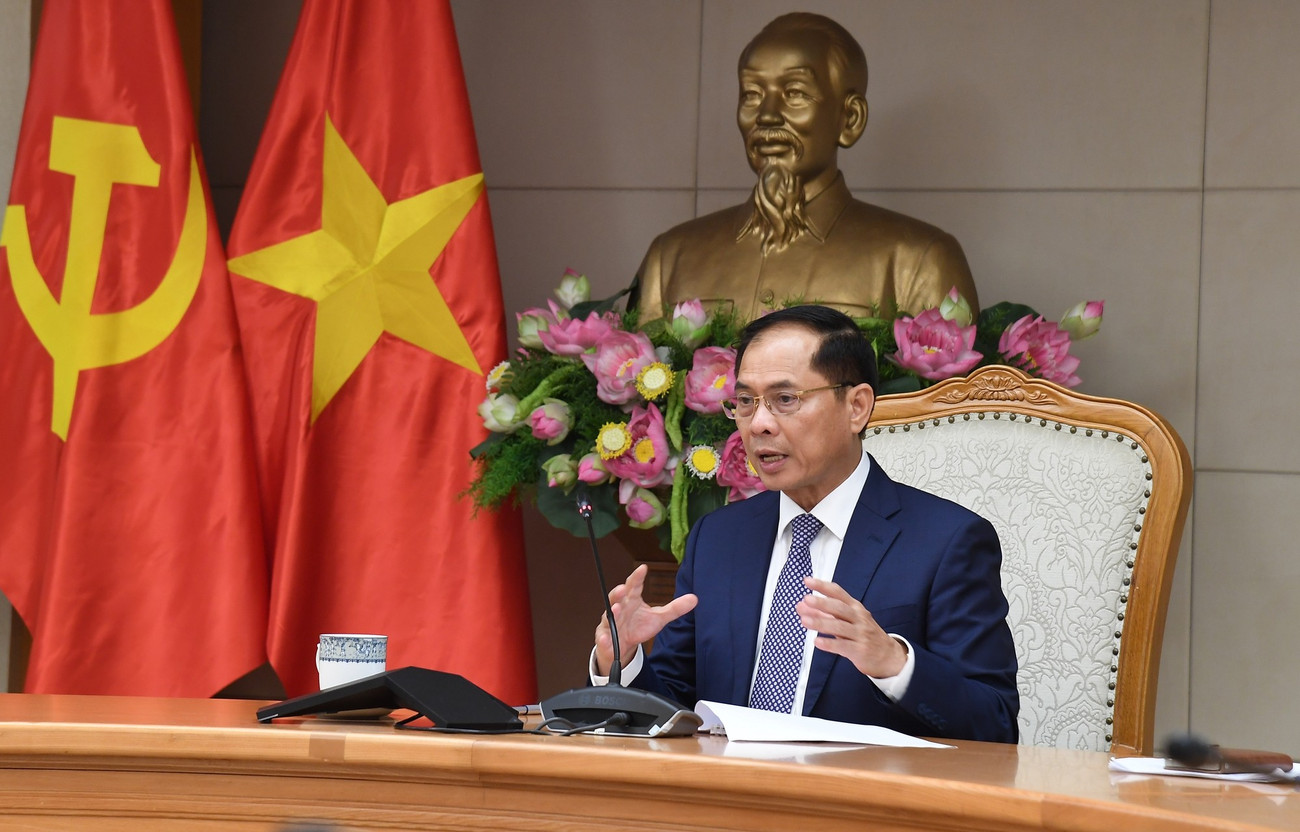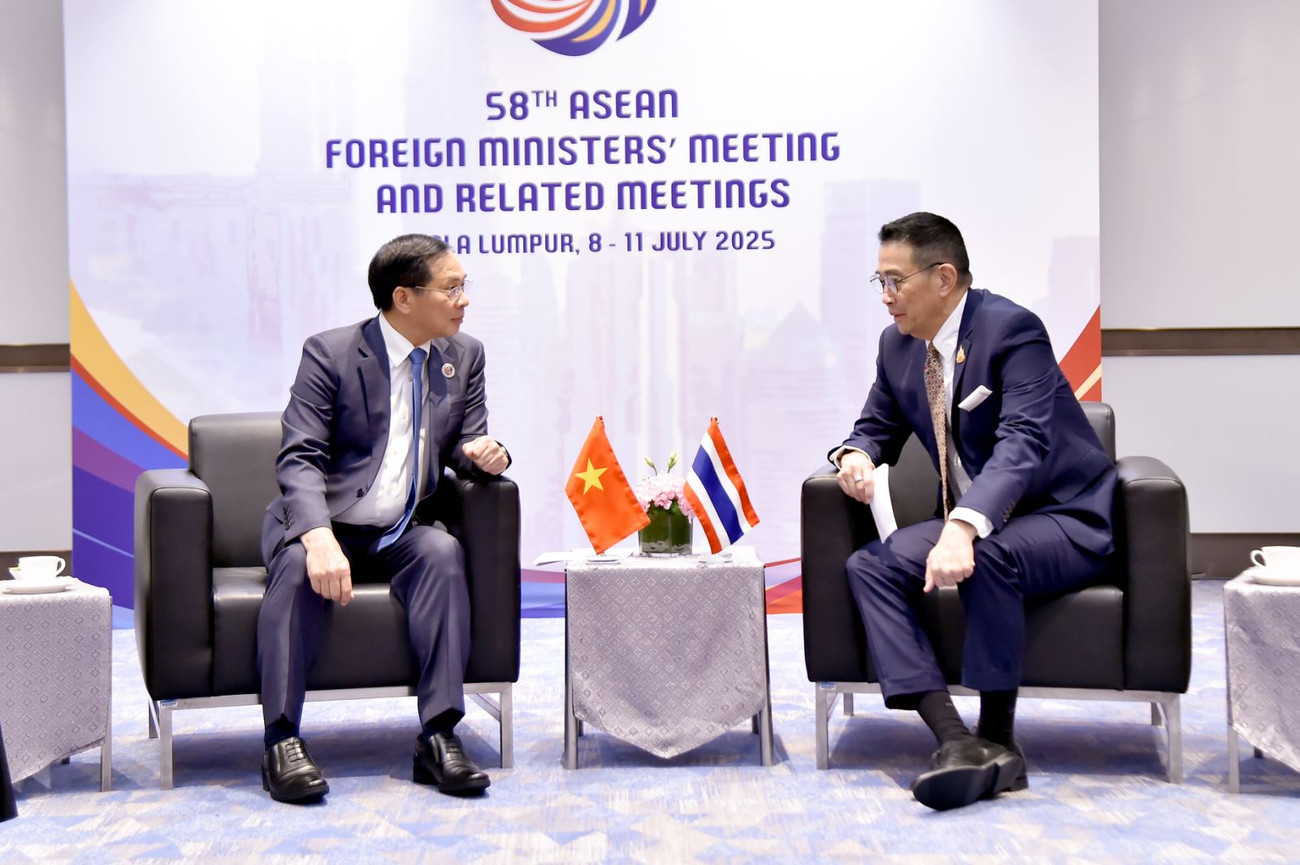MOIT VIETNAM | Vietnam's investments and electricity purchases determine whether Laos dams parts of the Mekong River system and its tributaries
/ News
Vietnam's investments and electricity purchases determine whether Laos dams parts of the Mekong River system and its tributaries
When compared to prior energy plans, Vietnam's aggressive pledges at COP26 to forego building new coal plants and make the switch to sustainable energy stood out. Policymakers in Vietnam have a chance to lessen future effects on the Mekong Delta via strategic and judicious power imports as the government analyzes domestic energy objectives and the role of electricity imports in Vietnam's future energy mix. Whether or not certain sections of the Mekong River system and its tributaries in Laos are dammed up depends on Vietnam's choices regarding which projects to support via investment and power purchases. For instance, the Sekong A dam, backed by a Vietnamese firm called Song Da 6, would cut off fish and sediment from the Sekong River, the last free-flowing main tributary of the Mekong.
Vietnam may still satisfy its energy demands without further damaging agriculture and fisheries if it chooses hydroelectric projects with a less environmental effect, or if it switches to solar and wind farms in Laos. Specifically, the research delves into how Vietnam may put its COP26 energy promises into action by bolstering its own renewable energy transition, liaising with Laos's policymakers to share lessons gained, and collaborating on power trading to lessen its environmental effect.
The ambitious strategy to de-carbonize its economy by avoiding new coal plants and shifting to sustainable energy is outlined in Vietnam's COP26 pledges, which will be delivered in November 2021. Vietnam is politically pushed to switch to a more varied and less carbon-intensive energy mix, and this is a major shift from current energy policies. Vietnam may lessen risks to the Mekong Delta by importing electricity from Laos that avoids high-risk dams in favor of solar, wind, and low-impact hydropower.
Before Vietnam's promise to construct no new coal plants, the country's power development plans projected more than 40,000 MW of new coal plants being built in the next decades; this means a significant shift in the power mix is necessary. Reliable growth of renewable solar and wind power is one part of this. Vietnam has a history of successfully expanding its variable solar and wind capacity at a quick pace, going from essentially nothing in 2017 to almost 20,000 MW of both by early 2022. Despite this achievement, the Mekong Infrastructure Tracker reveals that local investment has so far been the primary factor in Vietnam's fast deployment of solar. Due to a lack of domestic funding, expanding Vietnam's renewable electricity would need addressing challenges related to regulation and grid integration.
More energy will be imported from Laos in the future to help Vietnam fulfill its projected power needs. The amazing agricultural and fisheries output and climatic resilience of Vietnam's own Mekong Delta are both dependent on the Mekong River, which may be affected positively or negatively by these actions. If Vietnam is careful about the projects it funds, it may help keep rivers running freely for longer by not using energy from inappropriately located dams. The Sekong A dam, being constructed in Laos by the Vietnamese firm Song Da 6, is a hydroelectric project with the potential to have severe negative effects on the local ecosystem. The Sekong River is the only major tributary of the Mekong that is not dammed, and this project would do irreparable harm to fish and sediment for just 86 MW of electricity. Vietnam may expand electricity imports without negatively affecting agriculture and fisheries if it wisely chooses hydropower projects or solar and wind farms in southern Laos.
It is becoming more possible to import energy generated by sources other than hydropower. As the ASEAN Power Grid takes form, Vietnam and Laos have signed the first cross-border trade pact for wind energy in ASEAN, establishing a standard for regional commerce in solar and wind. Energy planning and investment in Cambodia, Laos, and Vietnam should be coordinated to enable all three nations achieve energy security while reducing social and environmental costs. International collaboration on energy planning is essential to maximize mutual advantages, according to a research by the IUCN and the Stimson Center on energy alternatives in the Sekong, Sesan, and Srepok (3S) River Basins. 1
This report is an expansion of a series of web stories originally published on the IUCN website; it examines how Vietnam can carry out its COP26 energy commitments in the power sector through, for example, encouraging the use of renewable energy sources at home, providing insights to policymakers in Laos, and working together to reduce the negative effects of electricity trade on the environment.
-
/ News / Activities
Prime Minister Pham Minh Chinh’s Strategic Visit to Laos Marks New Chapter in Bilateral Relations
Prime Minister Pham Minh Chinh’s official visit to the Lao People’s Democratic Republic and his co-chairmanship of the 47th meeting of the Vietnam–...
-
/ News
Deepening Cooperation, Strengthening Regional Unity
On the afternoon of July 28, 2025, at the Government Headquarters in Hanoi, Deputy Prime Minister and Minister of Foreign Affairs of Vietnam, Mr. B...
-
/ News / Activities
Vietnam and Laos Accelerate Toward Deeper Regional Integration and Unprecedented Trade Growth
In an era where regional connectivity and economic resilience are critical pillars for national development, Vietnam and Laos are emerging as a mod...



.PNG)
.PNG)
.PNG)


